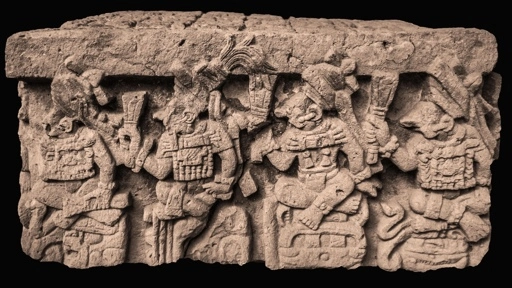Anthropologist claims hand positions on 1,300-year-old Maya altar have a deeper meaning
Anthropologist claims hand positions on 1,300-year-old Maya altar have a deeper meaning

Anthropologist claims hand positions on 1,300-year-old Maya altar have a deeper meaning

The Maya used "sign language" on an altar around 1,300 years ago, and these signs may represent important dates in the Maya Long Count Calendar, a new study claims.
"This is the oldest text where, to my knowledge, anyone has been able to show that there's a real, well-defined" script using hand signs that's on par with other kinds of writing study author Rich Sandoval, a linguistic anthropologist at Metropolitan State University of Denver, told Live Science. "Other researchers and I are pretty confident in saying that the conventions of these hand signs are rooted in sign language."
However, not everyone agrees with Sandoval's interpretation, and one expert calls it "implausible."
In the study, published March 8 in the journal Transactions of the Philological Society, Sandoval analyzed Altar Q, a late-eighth-century rectangular Maya stone altar from Copán, an archaeological site in Honduras. Altar Q's intricately sculpted four sides depict a total of 16 Copán rulers, each with specific hand positions, as well as hieroglyphs.
Researchers have studied Altar Q since the mid-1800s, and now Sandoval — who calls it "one of the most storied artefacts of Ancient Mesoamerica" in his study — writes that we can learn more about this Classic period (A.D. 250 to 900) stone carving by looking at the rulers' hands. In fact, he noted, rulers have particular hand positions in much of Maya art.